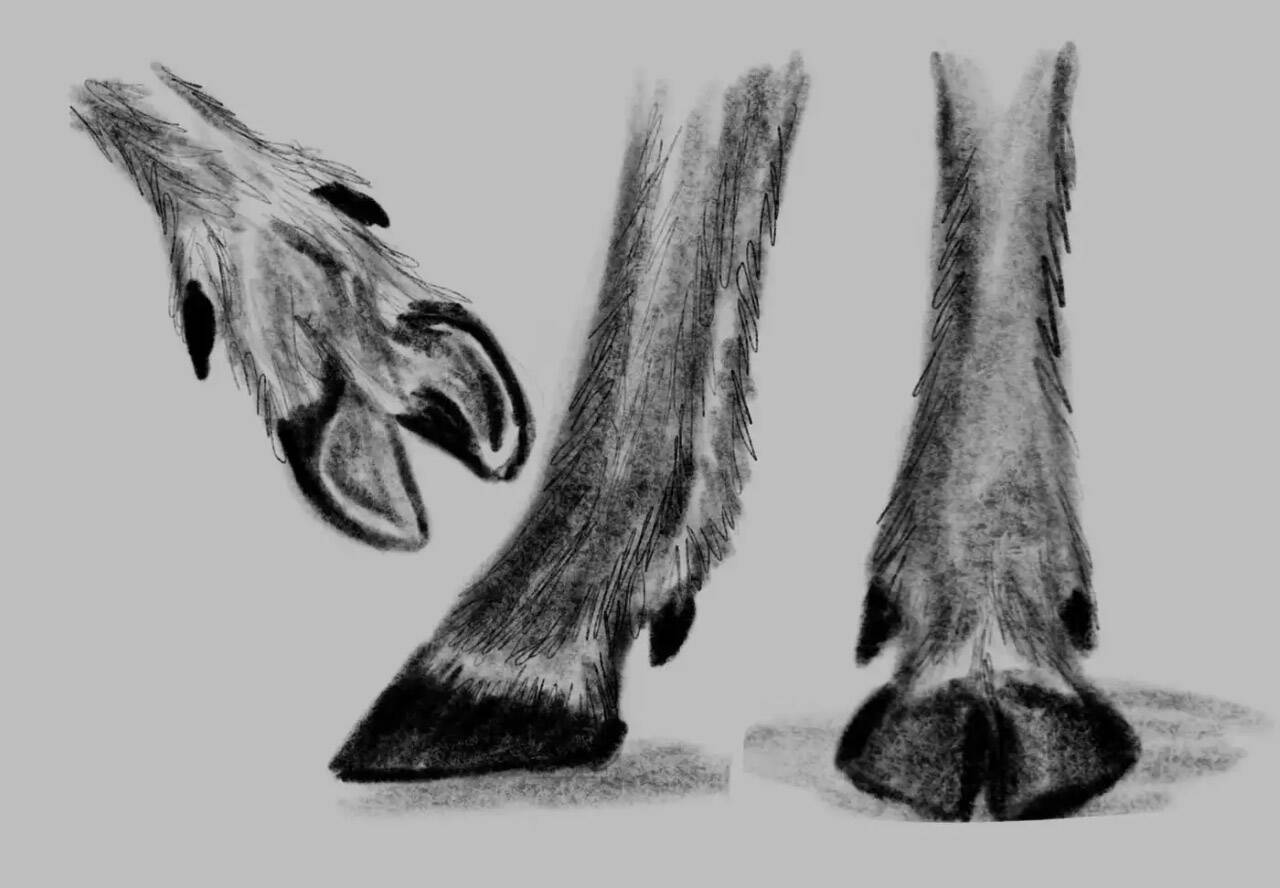It’s beginning to feel a lot like Christmas and has been since the big storm that arrived a few weeks ago, dumping between 2 and 4 feet of snow, depending on where you live on the Kenai Peninsula.
Looking out the windows at the Kenai National Wildlife Refuge’s Headquarters office, I watched a young bull moose walk along one of the groomed trails, the browse level on the birch tree a little higher than usual. It was not a big stretch for my mind to wander to what all this snow means for wildlife.
As I watched the moose reach higher into the branches, I was reminded of my alma mater’s mantra, “Nothing is good or bad for wildlife. It is good for some and bad for others.”
It really sums up the complexity of wildlife conservation and even our thoughts when we look out the window — a mix of awe at the splendor of winter scene, dread for the task of shoveling out, and trepidation about the negative temperatures that make getting out and enjoying the snow a daunting task.
Winter is challenging for wildlife. Some winters are more so than others and depend on many things — from deep snow, late snow, rain-on-snow events and cold temperatures. Even for those species adapted to winter, winter is one of the most energetically demanding times and when we tend to see the most wildlife deaths.
Caribou are one species adapted to the snow and higher latitudes. With feet, often described as shovels, that not only allow them to have a lower sinking depth in snow but act as paddles allowing them to swim across or down rivers.
The “shovels” also allow caribou to dig through deep, crusty or icy snow and access food, giving them another competitive advantage to make it through the energetically challenging winter.
The Dall sheep doesn’t have these same physiological advantages to dig through the snow. Research in the Chugach and Kenai indicates sheep are nutritionally limited.
One cause may be warmer winters with rain-on-snow events and wet, heavy snow. These conditions make it hard for sheep to access food.
Additionally, warmer, drier summers contribute to less nutritious forage for sheep. Researchers have also found, from comparing historic and current aerial photos, that willows and alders are moving upslope into the alpine and limiting sheep habitat.
Taken together, weather impacts on access, quality and availability of food may contribute to poor pregnancy rates and lamb production and may be some of the factors leading to sheep decline over the last 30 years.
The wolverine, a species I spent a bit of time studying before arriving in Alaska, along with lynx and snowshoe hare, are uniquely adapted for winter with snowshoelike feet that float across the top of the snow. The wolverine also has fur which is frost resistant, and it uses caching practices to store food to make it through the lean winter months. Still, winter is not free of risk for species built for snow.
Those same snowshoelike feet allow wolverines to access and spend much time in the steepest mountain areas. The same places are prone to avalanches, and the wolverine is not immune. It was one source of winter mortality for our radio-collared wolverines.
Yet, those same avalanche areas take out trees, dumping a pile of dead trees at the base of avalanche chutes that provide phenomenal cavities and tunnels below the snow for female wolverines to give birth and raise their cubs.
A lot more goes on below the snow, a mixed bag of benefits and challenges. One surprising and, until recently, little understood phenomenon for subnivean life, life below the snow, is that of soil microbes.
When the snow comes early enough, before a cold snap freezes and kills plants, early and deep snowfall insulates plants, keeping them alive. If snow arrives later and plants are exposed to freezing air temperatures, their cell walls rupture, and plants die.
These dead plants become food for microbial communities. As they consume dead plants, as much as half of the carbon plants store is released back into the atmosphere. So, early snow provides the insulation to keep plants alive and store carbon.
It would seem early snow is good for carbon storage. But it’s more complex than that. The same microbes that feed on dead plants, releasing plants’ stored carbon into the atmosphere, are needed by plants. It turns out microbes provide nitrogen for plant growth.
So, with more snow, fewer plants die in the winter, and less stored carbon is released. Unfortunately, this results in fewer microbes in the spring supporting vegetation growth, which delays and reduces plants’ carbon storage capacity.
So, how is snow affecting wildlife and ecological processes?
Is more snow, less snow, early snow or late snow good or bad?
It clearly depends and is the challenge and the opportunity we must lean into as we look for new strategies to support the species and places we care about.
Kris Inman is the Supervisory Wildlife Biologist at the Kenai National Wildlife Refuge. Find more Refuge Notebook articles (1999–present) at https://www.fws.gov/kenai-refuge-notebook and follow us on Facebook.

